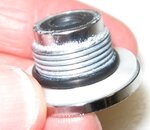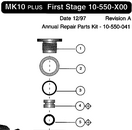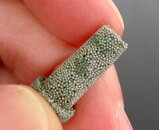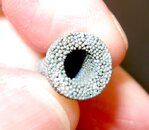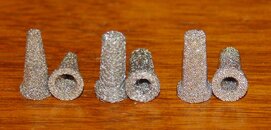beachnik
Contributor
About a year ago I had an MK10+ rebuilt. Then I did about 60 dives on it. I just disassembled it - this is the first time I've looked inside one of these. I saw something interesting. See the tight photo of the seat retainer with HP seat still installed (click the thumbnail image to enlarge). Take a look at the powder like debris most visible along the edge of the top thread (you guys already know, this powder is scattered throughout the first stage). It's a very fine powder that you can easily wipe off, gray color.
Ques:
One more question...
What you see in the tight photo is everything that came out of that end of the regulator. Notice it doesn't match the 1997 Technical Service Schematic for the MK10+. The schematic shows an extra o-ring that seems to butt up to the HP seat. I'll bet they did an inline design change that consolidated the o-ring and HP seat into one item - yes?
Ques:
- Is that particulate matter from the filter?
- It looks excessive for 60 dives - yes?
One more question...
What you see in the tight photo is everything that came out of that end of the regulator. Notice it doesn't match the 1997 Technical Service Schematic for the MK10+. The schematic shows an extra o-ring that seems to butt up to the HP seat. I'll bet they did an inline design change that consolidated the o-ring and HP seat into one item - yes?




